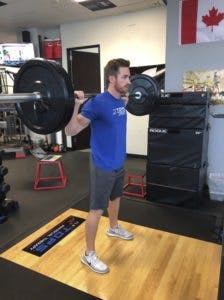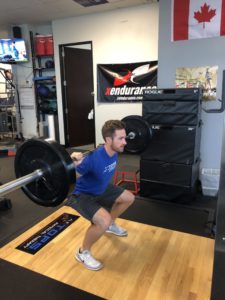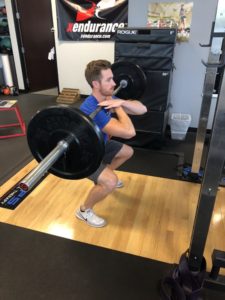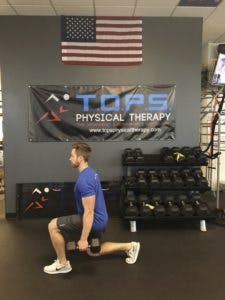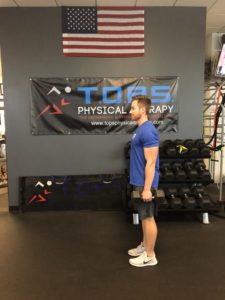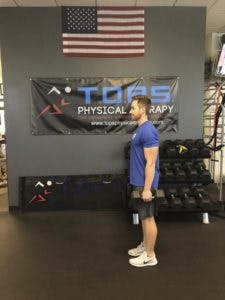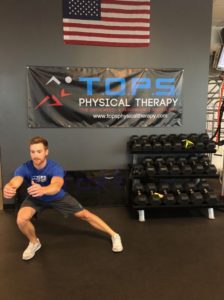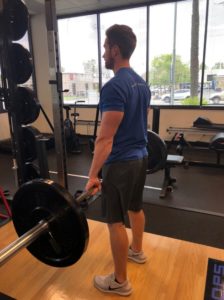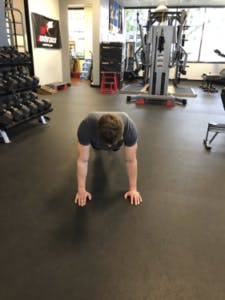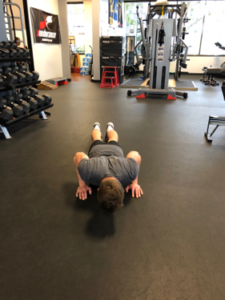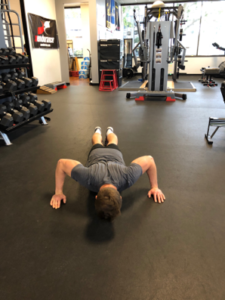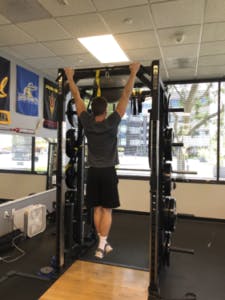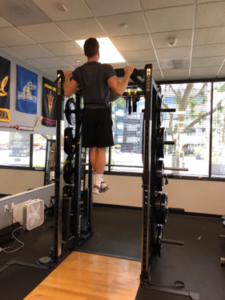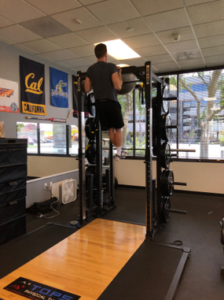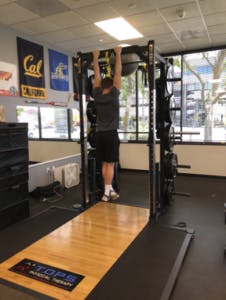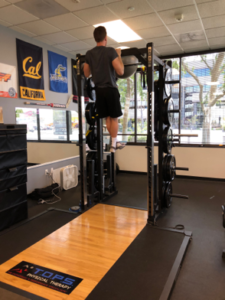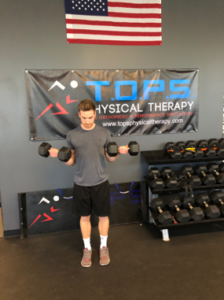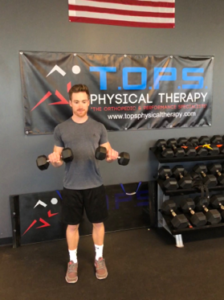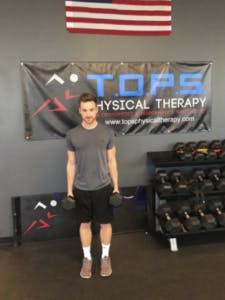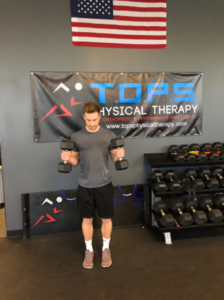Why do we see so many young female athletes sidelined from injury?
Why do so many of these female athletes suffer the same injury? What are the most common injuries? Can we prevent these injuries? Why are we not doing more?
If you are seeking answers to any of the question above, then this blog series is for you! The purpose of this blog series is to go through some of the most common injuries, early identifications, and prevention of injuries for young female athletes.
My Background as a Young Female Athlete and How it Shaped Me Into The Physical Therapist I am Today:
First, I would like to share my background and why this topic is so important to me! My name is Ashley Burkhardt and I am a Student Physical Therapist at TOPS Physical Therapy. Since I was 6 years old, I grew up watching my aunt play catcher in collegiate softball at Northwood University, and was inspired by the athleticism and finesse of big time college players, as well as professionals like Jennie Finch and Jessica Mendoza. They all inspired me to start my own softball career as a catcher. In my career as a catcher I was fortunate enough to stay injury free but unfortunately, that was not the case for most of my teammates. I watched countless injuries happen both on and off the field and through poor training habits. Coaches and parents never seemed to know the root cause of why young female athletes were getting injured or even how to properly teach injury prevention.
Now fast forward eight years later, I have ended my softball career and entered my professional career as a physical therapist. I have recently started doing clinical rotations and am shocked at the amount of young female athletes who are getting injured due to poor mechanics, fatigue, strength deficits, and overall lack of knowledge of how to properly train in the weight room. I can see that these injuries are not only common in young female softball athletes, but within the female athlete population.
It is a shame knowing that high school female athletes are losing collegiate scholarship opportunities due to rotator cuff tears, shoulder impingements, low back pain…the list goes on. These injuries are serious and can be prevented if these young female athletes start a training program early on that is individualized to their needs and given by someone who is knowledgeable about windmill pitching mechanics and functional muscle training.
I hope this blog can serve as an informative piece, yet personable to what I have experienced. Enjoy!
Research Behind the Windmill Delivery:
It is important for not only the young female athlete to understand the mechanics behind the pitch, but it is pertinent for coaches and parents to know in order to help prevent injury. There have been many research studies conducted regarding windmill pitching, but the below study really stood out to me because it compared female athletes to male athletes and how the pitching mechanism involves different muscle forces.
The American Journal of Sports Medicine did a motion analysis and EMG study on seven female pitchers and the activation of the biceps brachii muscle during a windmill pitch and an overhead baseball pitch. Researchers found that the peak activation of the biceps brachii was significantly greater with a windmill pitch than an overhead throw. The highest activation of the biceps brachii being at the 9 o’clock phase of the pitch in which the pitcher is eccentrically contracting their arm and during the follow-through phase. With the repetitive contraction of the biceps, female athletes are more prone to anterior shoulder pain and shoulder impingements. Not only can physical therapy help prevent shoulder pain and impingement through osteopractic techniques, but it can provide evidence-based strengthening and flexibility programs to your athlete in order to prevent injury and ensure proper pitching mechanics.
Check out my blog next week to see a breakdown of the most common injuries and early identifications in young female pitchers!
Reference:
Hays, Graham. “EspnW — Florida Southern College Softball Players Carry Injured Eckerd College Opponent around the Bases after Game-Winning Homer.” ESPN, ESPN Internet Ventures, 28 Apr. 2014, www.espn.com/espnw/news-commentary/article/10848732/espnw-florida-southern-college-softball-players-carry-injured-eckerd-college-opponent-bases-game-winning-homer.
Idubijes L. Rojas, Matthew T. Provencher, MD, MC, USN, Sanjeev Bhatia, Kharma C. Foucher, PhD, Bernard R. Bach, Jr, MD, Anthony A. Romeo, MD, Markus A. Wimmer, PhD, and Nikhil N. Verma, MD. Biceps Activity during Windmill Softball Pitching: Injury Implications and Comparison with Overhand Throwing. The American Journal of Sports Medicine. 2009; Vol 37, Issue 3, pp. 558 – 565. https://doi.org/10.1177/0363546508328105. Accessed July 17, 2018.

